Entek Otomasyon’a dair en güncel bilgilere buradan ulaşabilirsiniz!
ENTEK Otomasyon’un son gelişmelerini, teknoloji haberlerini ve endüstriyel trendleri burada inceleyebilirsiniz.
Entek Otomasyon’a dair en güncel bilgilere buradan ulaşabilirsiniz!
ENTEK Otomasyon’un son gelişmelerini, teknoloji haberlerini ve endüstriyel trendleri burada inceleyebilirsiniz.
